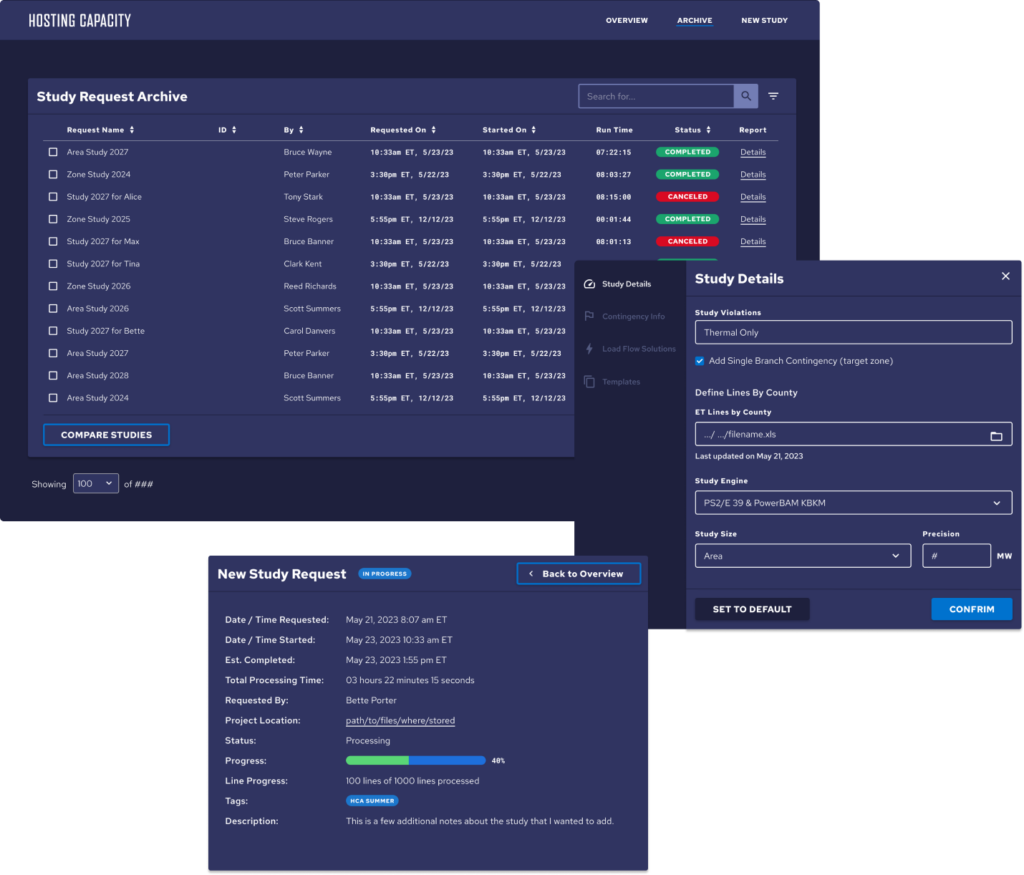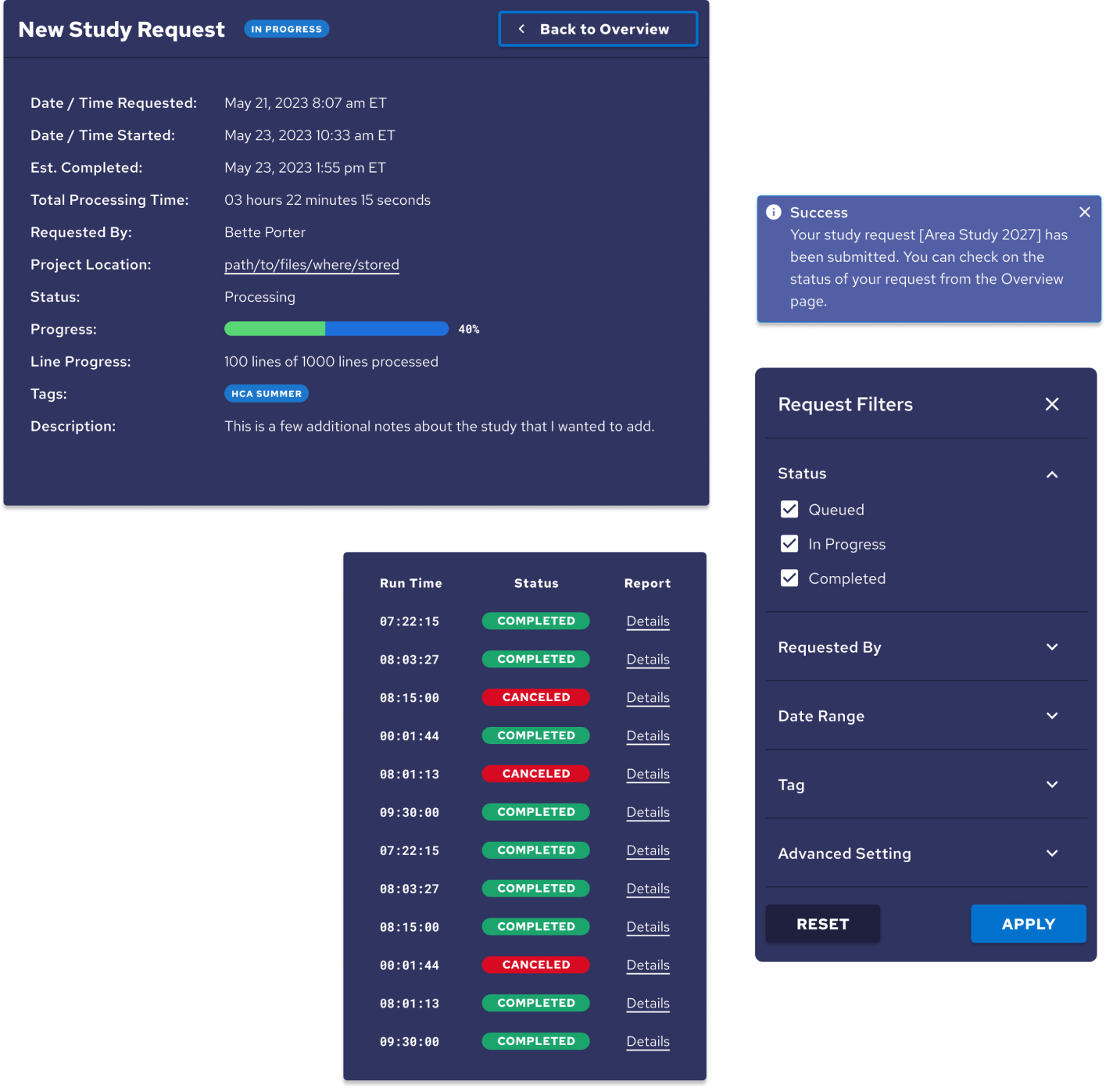There are a lot of determining factors at play, which a robust, custom Hosting Capacity Analysis software could answer.
Large industrial loads, such as a battery factory, consume an enormous amount of energy. Understanding the current demands placed on the grid’s existing infrastructure (largely reflected by population density) helps determine where the energy can come from to support these large consumers. Sometimes network upgrade costs (from the construction of a new substation or transmission line) are necessary to transmit power generated in a different region.







